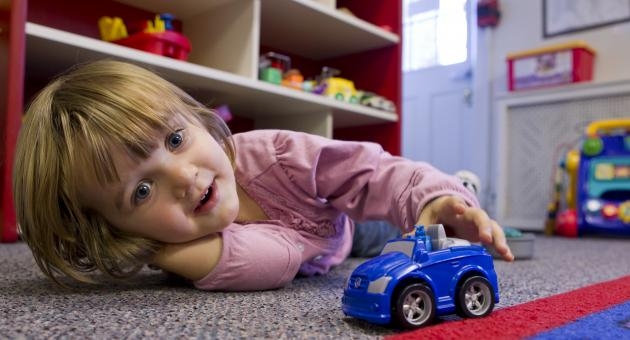Spatial skills may be improved through training, new review finds

Spatial skills — those employed in reading maps and assembling furniture — can be improved if you work at it, according to a new look at studies on the topic undertaken by researchers at Northwestern University and Temple.
The research published this month in Psychological Bulletin, the journal of the American Psychological Association, is the first comprehensive analysis of credible studies on such interventions.
Improving spatial skills is important because children who do well at spatial tasks such as putting together puzzles are likely to achieve highly in science, technology, engineering and mathematics (STEM) fields.
Although recent research confirms that spatial abilities uniquely predict STEM achievement, there has been some debate about whether spatial skills can be improved — and whether such improvement lasts or transfers to new tasks. The new meta-analysis answers all those questions in the affirmative.
David Uttal and fellow researchers at Northwestern University with Nora Newcombe, professor of psychology at Temple and principal investigator of the National Science Foundation's Spatial Intelligence and Learning Center, reviewed 217 research studies on educational interventions to improve spatial thinking.
"There are limitations involved with looking at individual studies one by one. What we found when we brought together this large body of literature on training effects and analyzed it was a very powerful message,” said Newcombe. "People of all ages can improve at all types of spatial skills through training, period."
The researchers found that spatial skills are indeed malleable and that spatial training transfers to other fields."Our findings have significant real-world implications by showing that training can have an impact on a technological workforce. With the right training more high school students will be able to consider engineering and other scientific fields as a career option," said Newcombe.
The study looked at gender and age differences in relation to spatial thinking and found that in males and females, adults and children, even a small amount of training can improve spatial reasoning and have long-lasting impact.
One example of the type of training that can increase spatial abilities is having physics students use three-dimensional representations. Video game playing also increases spatial skills. “Perhaps the most important finding from this meta-analysis is that several different forms of training can be highly successful,” the authors say.
“Our hope is that our findings on how to train spatial skills will ultimately lead to highly effective ways to improve STEM performance,” said Uttal, the lead author of the study.
The research was supported by grants from the National Science Foundation to the Spatial Intelligence and Learning Center, housed at Temple.